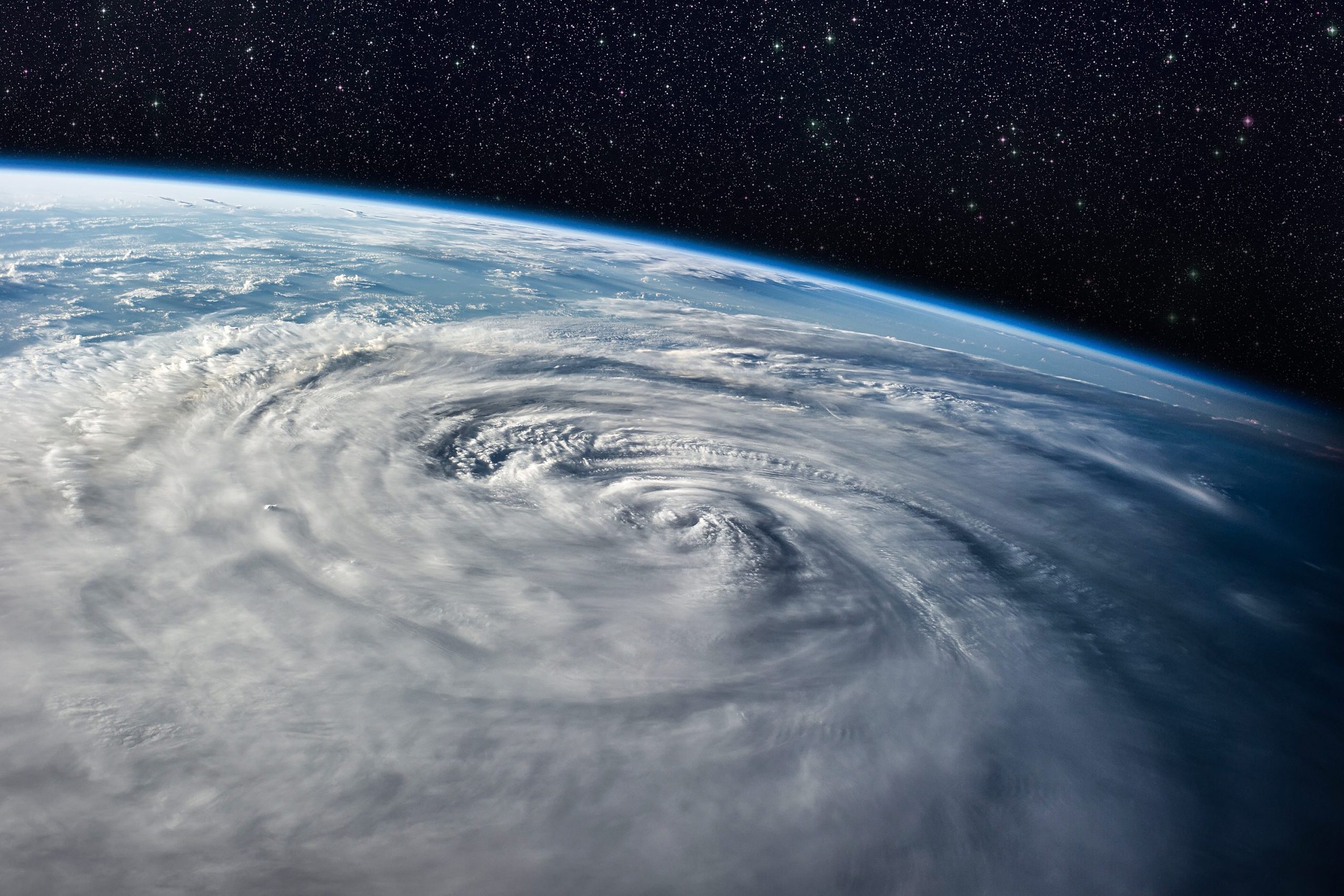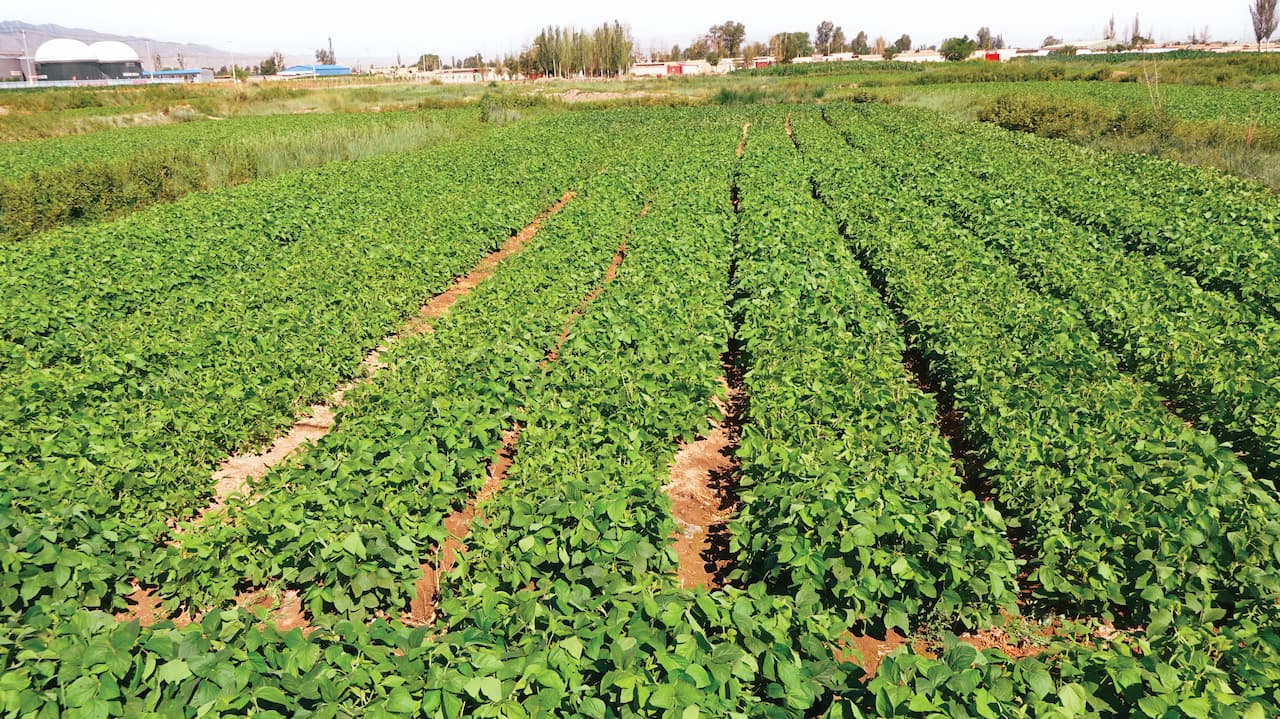Super typhoons have wreaked havoc across Asia in recent years, causing casualties and serious economic losses. A study led by Professor TAM Chi Yung Francis, Associate Professor of the Earth System Science Programme at The Chinese University of Hong Kong (CUHK), suggested that the destructive power of typhoons had dramatically increased throughout the East and Southeast Asia regions over the past 40 years. It is predicted that typhoons in Asia could have even stronger intensity at landfall and last longer, with their destructive power potentially doubling by the end of the century (2075 to 2099) if global warming continues, with more inland locations exposed to severe typhoon-related hazards. The research findings have been published in Frontiers in Earth Science.
Tropical storms, named typhoons for those formed over the Northwest Pacific Ocean, are one of the deadliest natural disasters. These often carry several dangers, such as heavy rainfall, high winds, and storm surges. Over the past 50 years, these hazards, alone or combined, have led to nearly 780,000 deaths and caused more than US$1.4 trillion in global economic losses.
Over recent decades, modelling has suggested climate change could influence tropical storms. Other research has also shown that warming oceans could intensify their strength. If a typhoon intensifies in strength at landfall, this will extend the distance travelled inland with even more destructive consequences.
“Typhoon In-fa and Typhoon Cempaka formed in June 2021 brought extreme rainfall to China’s inland region Henan province. Although the two typhoons did not penetrate the region directly, they caused huge economic and human losses. The same thing happened in September, when the remnants of Hurricane Ida passed through the northeastern states of the US. These events point to climate change increasing the impact of typhoon-related hazards on inland regions,” Professor Tam stated.
To understand and predict the changing impacts of typhoons over the eastern and southeastern regions of Asia, Professor Tam’s research team, in collaboration with the Guangdong-Hong Kong-Macao Greater Bay Area Weather Research Center for Monitoring Warning and Forecasting (Shenzhen Institute of Meteorological Innovation), analysed typhoons and their impacts from 1979 to 2016 based on multiple-best track datasets. They found that stronger landfall typhoons sustained for two to nine hours longer and penetrated 30 to 190 kilometres further inland. The most significant increase of typhoons with inland impacts occurred over Hanoi in Vietnam and the South China region.

The research team further projected future changes to typhoon-related impacts in the studied regions based on a high-resolution climate model under the Representative Concentration Pathway 8.5, which assumes that greenhouse gases emission will remain at a high level. It is expected that by the end of the century, typhoons would strengthen by an average of 7.2 kilometres per hour increases in wind speed at the moment of landfall. The projection also suggests that an average typhoon by then will last around five hours longer and will travel 92 kilometres further inland, nearly doubling its overall destructive power.
Professor Tam added, “Global warming will likely continue the increasing trend in landfalling typhoons and their impacts on inland regions, based on the high-resolution climate model projections. More Asian inland regions may be exposed to further severe typhoon-related hazards in the future as a result of climate change. Therefore, long-term planning to enhance disaster preparedness and resilience in these regions is essential.”
The full text of the research paper can be found at https://www.frontiersin.org/articles/10.3389/feart.2021.769005/full










